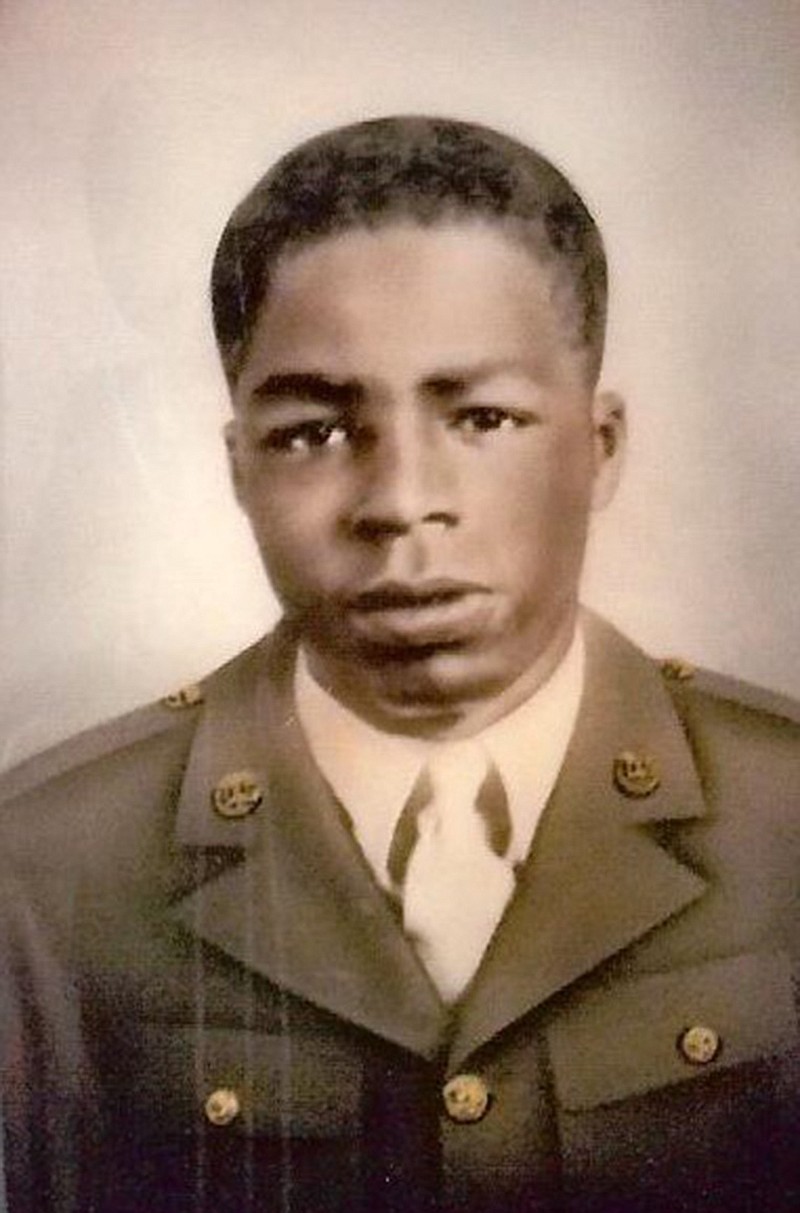After more than 70 years, a soldier killed in action during World War II has returned home to Arkansas.
Army Pvt. Rudolph "Rudy" Johnson died in February 1945 in Italy, but a government agency positively identified his remains through DNA analysis only recently. The funeral for Johnson that his family at times thought would never happen takes place today in Hope, Ark., and he will be buried Friday in the Arkansas State Veterans Cemetery in North Little Rock, Ark.
"They're giving him honors that he is due. He gave his life for his country," said Johnson's sister Betty Jean Coulter of Malvern, Ark.
Johnson was born in 1924 and drafted into the Army in 1943 while living in Malvern. He served in the 92nd Infantry Division, the only African-American combat infantry division in Europe, according to a news release from the Defense POW/MIA Accounting Agency.
Johnson's unit fought in northern Italy, at one point helping to secure positions along a ridge against strong German counterattacks. He was reported missing in action as of Feb. 6, 1945, and the War Department changed his status to killed in action on Feb. 21, 1945.
American Graves Registration Service personnel recovered Johnson's unidentified remains in May 1947 and designated them Unknown X-298. They were interred first in a United States military cemetery at Castelfiorentino, Italy, and two years later in the U.S. Marine Corps Florence American Cemetery.
"Researchers at DPAA conducted a thorough historical and scientific analysis, and determined that X-298 could likely be identified. After receiving approval, on June 13, 2016, X-298 was disinterred and sent to DPAA for analysis," the release states.
The agency used a technique called mitochondrial DNA analysis to match Johnson's remains to a DNA sample provided by his brother Jessie. Dental and anthropological analysis, as well as historical evidence, helped make the identification certain.
Coulter was only 7-and-a-half years old when Johnson died, but she remembers him as someone who left a positive impression.
"I just remember that he was a very loving brother and he was kind-hearted. The best way I can say it is, 'To know Rudy is to love Rudy.' He loved trying to please people. He was a very amazing young man," she said.
The response to Johnson's story has been gratifying, though it is bittersweet that some family members did not live long enough to welcome him home, Coulter said.
"We didn't know it was going to be this big. There are relatives coming in from Omaha, Neb.; Atlanta, Ga.; different parts of Texas and Malvern, Ark. Just all around, and we're just happy at the respect and honor that Rudy is getting," she said.
The funeral is scheduled for 11:30 a.m. today at Hicks Memorial Chapel in Hope.
Johnson's name is recorded on the Tablets of the Missing at the Florence American Cemetery in Italy, along with the other MIAs from WWII. A rosette will be placed next to his name to indicate he has been accounted for.
On Twitter: @RealKarlRichter

